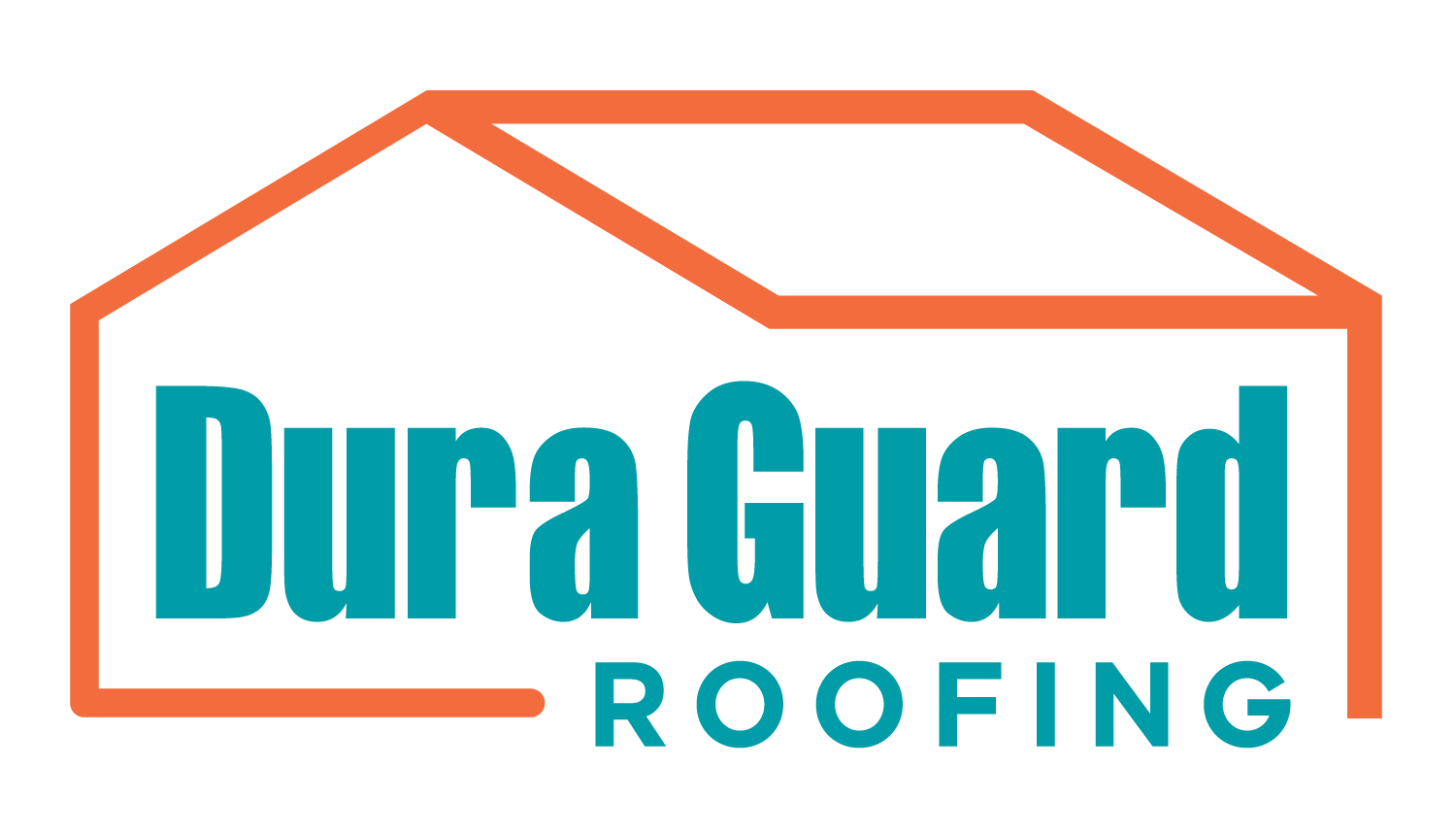How to Know If You Have Storm Damage on Your Roof in Venice, FL
Coastal living in Venice, FL, brings beautiful views, but it also comes with the risk of severe weather, especially during hurricane season. Homeowners need to be proactive when it comes to assessing storm damage on their roofs. Strong winds, rain, and hail can cause both visible and hidden damage to your roofing system, which, if left unaddressed, can lead to more serious and expensive repairs. This guide will help you recognize the signs of storm damage, determine when to contact a roofing professional, and understand the importance of timely roof repair.
What is Storm Damage?
Storm damage refers to any harm caused to your roof due to severe weather, including hurricanes, strong winds, heavy rains, and hailstorms. In a place like Venice, FL, where storms can strike unexpectedly, keeping an eye on your roof’s condition after bad weather is essential. Damage can range from minor cosmetic issues, such as granule loss, to more serious structural concerns, such as cracked shingles and water infiltration.
Common Signs of Storm Damage on Your Roof
1. Visible Dents and Dings
After a storm, one of the first things to check for are dents, dings, and visible discoloration on your roof. This type of damage is most common on metal roofing materials and can also appear on gutters, flashing, and vents. While these may seem like small issues, they could be a sign of more extensive damage. If you notice these signs, contact a local roofing company in Venice, FL, for a professional inspection.
2. Missing or Loose Shingles
High winds often cause shingles to loosen or blow off entirely. If you notice shingles in your yard or can see bald spots on your roof, it’s a clear indication of wind damage. Missing shingles leave your roof exposed to water, which can lead to leaks and further damage. In Venice, where heavy rains often follow windstorms, quick action is key to preventing interior water damage.
3. Granule Loss
Granule loss is another common sign of storm damage. Asphalt shingles are coated with small granules that protect them from UV rays and general wear. When a storm dislodges these granules, it exposes the underlying material to the elements, weakening the shingle. You can spot granule loss by checking your gutters or downspouts for accumulated granules. If you see a significant amount of granules, it’s time to call a Venice roofing professional for an assessment.
4. Cracked or Splintered Shingles
Storms with strong winds or flying debris can cause shingles to crack or splinter. Cracked shingles compromise your roof's ability to repel water, making your home vulnerable to leaks. Even small cracks can lead to big problems if water penetrates the protective layers of your roof. Make sure to have a roofing contractor inspect your roof if you spot any cracks or splintered shingles.
5. Soft Spots or Bruising
Sometimes storm damage isn’t immediately visible. Soft spots or bruising on the roof are signs of hidden damage beneath the shingles. You can identify these areas by gently pressing on the shingles to see if they feel soft or spongey. If they do, there may be underlying water damage or weakened structural integrity. A professional inspection is necessary to determine the extent of the damage and what repairs are needed.
When to Call a Roofing Professional in Venice, FL
If you notice any of the signs mentioned above, it’s essential to contact a roofing professional in Venice, FL, immediately. A professional roofing company can conduct a thorough inspection, accurately assess the damage, and provide recommendations for repair or replacement.
Delaying the repairs may result in larger issues, such as water leaks, mold growth, or structural damage. It’s also important to act quickly to ensure your insurance claim, if applicable, is filed within the allowed timeframe. Most homeowners’ insurance policies require prompt reporting of storm damage to cover repair costs.
Why Timely Roof Repair Matters
Leaving storm damage unaddressed can lead to several complications that may affect the integrity of your home. Water damage from leaks can cause wood rot, damage to drywall, and even lead to mold growth. Over time, these issues can become expensive to repair, and in extreme cases, they may require you to replace the entire roofing system.
Additionally, in coastal areas like Venice, where storms are frequent, repeated exposure to the elements can exacerbate existing damage. Timely repairs prevent small issues from turning into costly repairs or, worse, requiring a full residential roofing replacement.
Choosing the Right Roofing Company in Venice, FL
When selecting a roofing company to address storm damage, it’s essential to choose one with experience in coastal weather conditions. Look for a company with a solid reputation for handling Venice roof repair and storm-related damage. Local companies will have the expertise needed to assess storm damage specific to the area’s climate, including the effects of salt air and humidity.
Before hiring a contractor, ask for references, check online reviews, and make sure the company is licensed and insured. A reputable roofing company will offer a comprehensive inspection, give you an accurate estimate, and ensure the repairs are completed to the highest standards.
Conclusion
Storms are an inevitable part of life in Venice, FL, but with the right knowledge and the support of a reliable roofing company, you can ensure that your home is protected. Regular inspections and immediate attention to storm damage will help preserve the integrity of your roof and avoid costly repairs in the future.
If you suspect your roof has suffered storm damage, contact a professional roofing contractor in Venice for a detailed inspection. Acting quickly will safeguard your home and give you peace of mind.
The National Roofing Contractors Association (NRCA) is an excellent resource for further guidance on roof repairs. Staying informed about local weather conditions through reliable sources like the National Weather Service can also help you prepare for potential storms and take preventative measures to protect your property.

